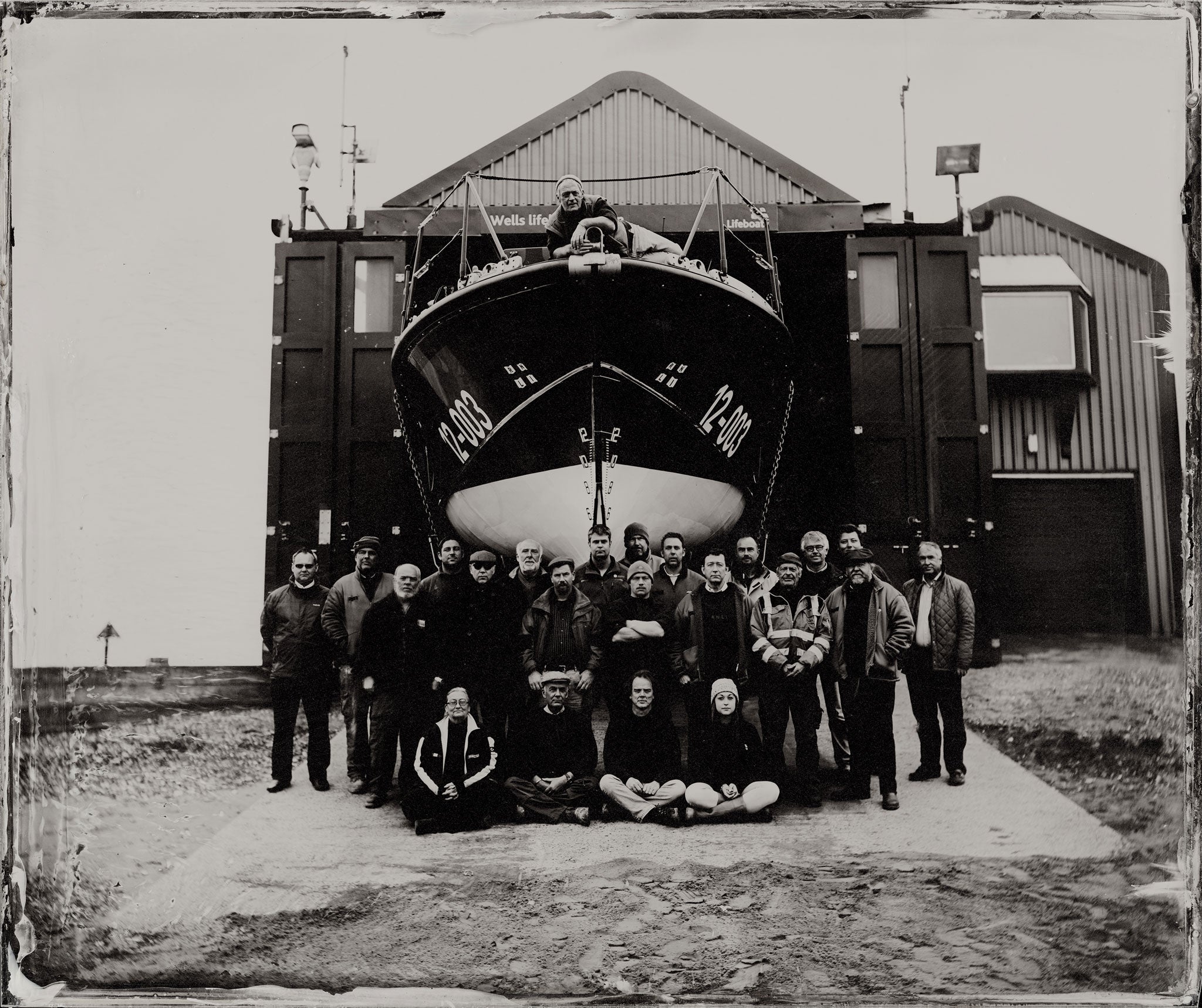Lifeboat Station Project: Photographer Jack Lowe captures the RNLI's courage and character
Crewmen and women of the RNLI have been saving lives at sea for nearly 200 years. The faces of the 2015 generation tell their own stories of courage and sacrifice

Your support helps us to tell the story
From reproductive rights to climate change to Big Tech, The Independent is on the ground when the story is developing. Whether it's investigating the financials of Elon Musk's pro-Trump PAC or producing our latest documentary, 'The A Word', which shines a light on the American women fighting for reproductive rights, we know how important it is to parse out the facts from the messaging.
At such a critical moment in US history, we need reporters on the ground. Your donation allows us to keep sending journalists to speak to both sides of the story.
The Independent is trusted by Americans across the entire political spectrum. And unlike many other quality news outlets, we choose not to lock Americans out of our reporting and analysis with paywalls. We believe quality journalism should be available to everyone, paid for by those who can afford it.
Your support makes all the difference.This is the time of year when the Royal National Lifeboat Institution's presence in British life comes into sharpest focus. The coastline is alive with holidaymakers, and the boats that stand ready are objects of admiring appreciation.
The RNLI can trace its origins to 1824. In the nearly 200 years of its existence, countless volunteers have risked their lives – and, in some 600 instances, paid with them – in rescuing those in peril on the sea. It's this sense of history, of a profound, timeless connection to the waters around us, that comes through in Jack Lowe's photographs of RNLI stations, and of the men and women who crew them.
Lowe has the RNLI in his blood. He grew up on a boat and became a junior RNLI member at the age of eight. His other childhood passion was photography. At the age of 12 he converted his bedroom into a darkroom and taught himself how to develop prints. A photographic career followed, and after 18 years working in production, digital retouching and printing, he embarked on the Lifeboat Station Project – a hugely ambitious undertaking not just because it involves visiting all 237 RNLI stations, but because of the methods Lowe is using.

His camera is a 110-year-old 10x12-inch Thornton-Pickard made of brass-bound mahogany. The process of making the photographs – known as wet plate collodion – is even older, dating from the mid-19th century. Lowe travels the country in a decommissioned NHS ambulance, which doubles up as a mobile darkroom. "Patience and dedication are the keys to mastering so many of the skills involved," he says.
The results are remarkable, likened by Lowe more to sculptures than photographs. The 21st-century faces that gaze out at us – resolute, stoical, with character etched into them – are also the faces of long ago. They express RNLI values that hark back to pre- Victorian times, and convey a feeling that these crews embody the spirit of previous generations.
The RNLI saves on average 23 lives a day, and perhaps the greatest constant of all in Lowe's project is the sea itself – its beauty and its dangers ever-present.
Join our commenting forum
Join thought-provoking conversations, follow other Independent readers and see their replies
Comments